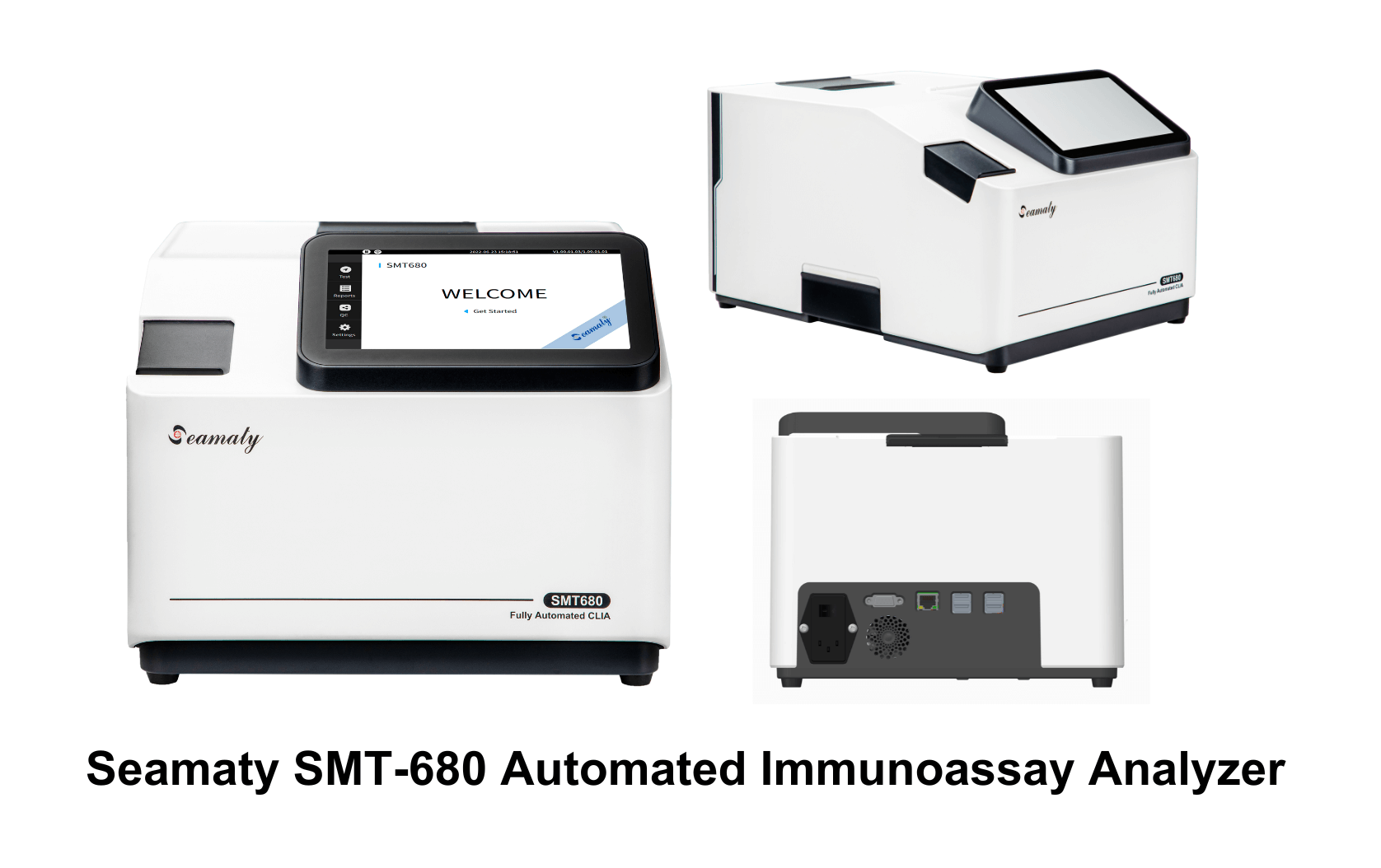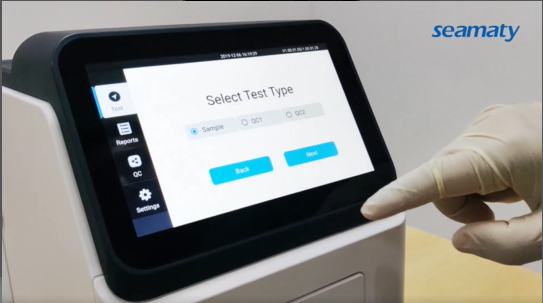release time:2022-01-12 16:35:06


2023-11-27
Discover the transformative impact of Seamaty SD1 fully automated biochemical analyzer on small clinic diagnostics. Explore advantages, real-world case studies, and how this innovation is revolutionizing healthcare efficiency.

2023-05-05
Maximize the value of your Seamaty automated immunoassay analyzer with our tips and best practices. Learn about regular maintenance, proper handling of reagents, optimizing assay parameters, appropriate operator training, quality control measures, and troubleshooting common issues. Follow these guidelines to ensure accurate and reliable results.

2021-08-10
The SD1 biochemical analyzer has no internal liquid circuit, pump valve and other wearing parts, and the single-participant reagent tray is used together, which is free of cleaning and maintenance and very easy to operate.